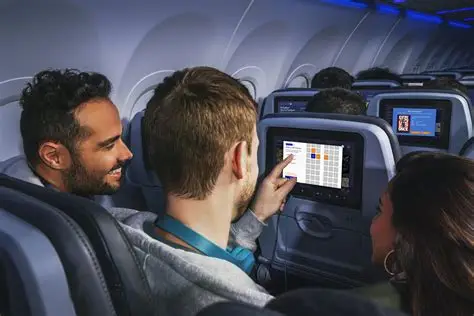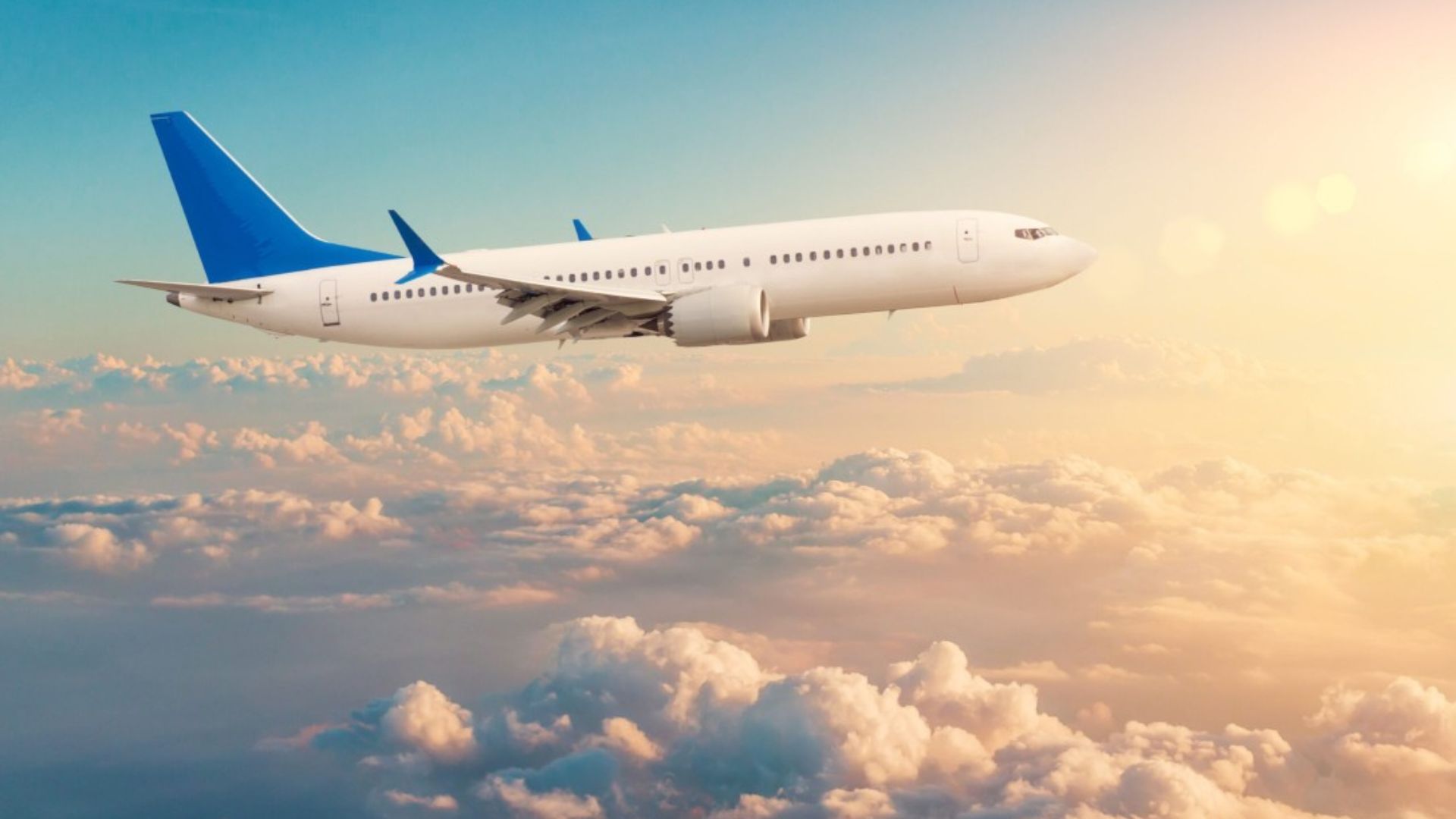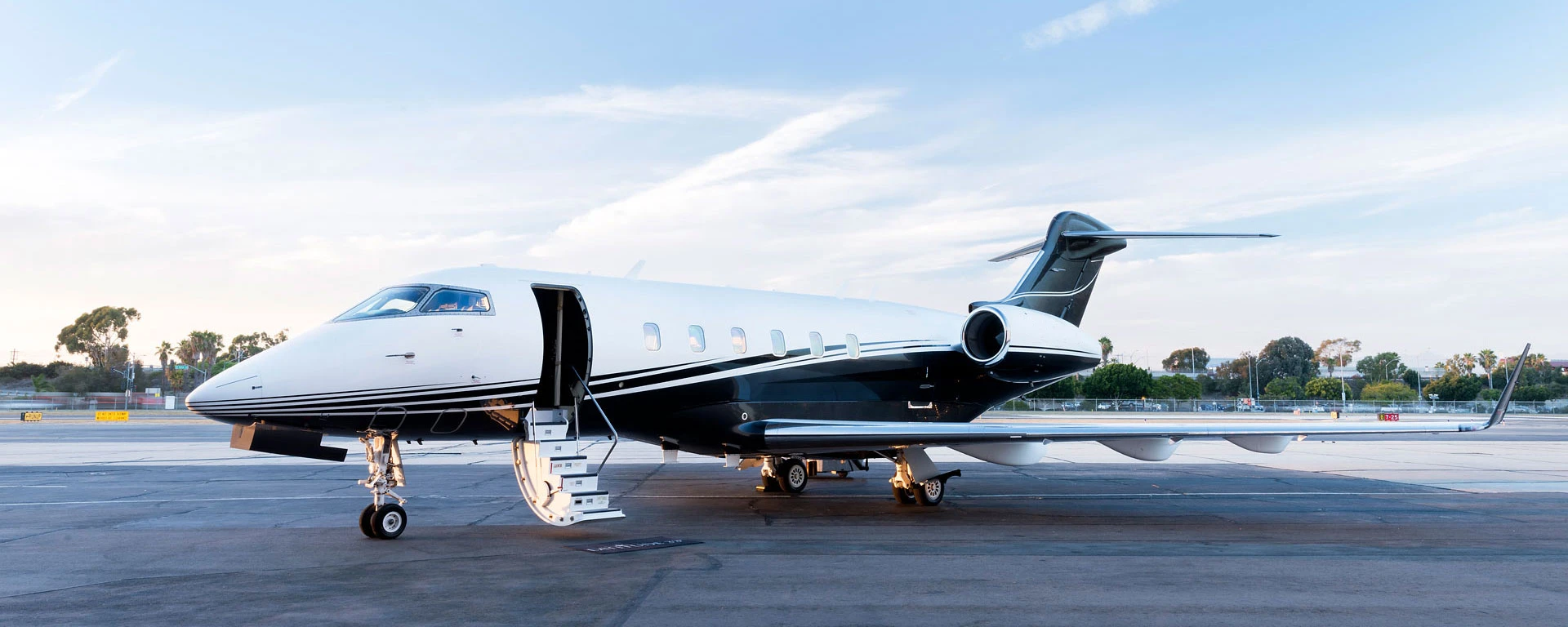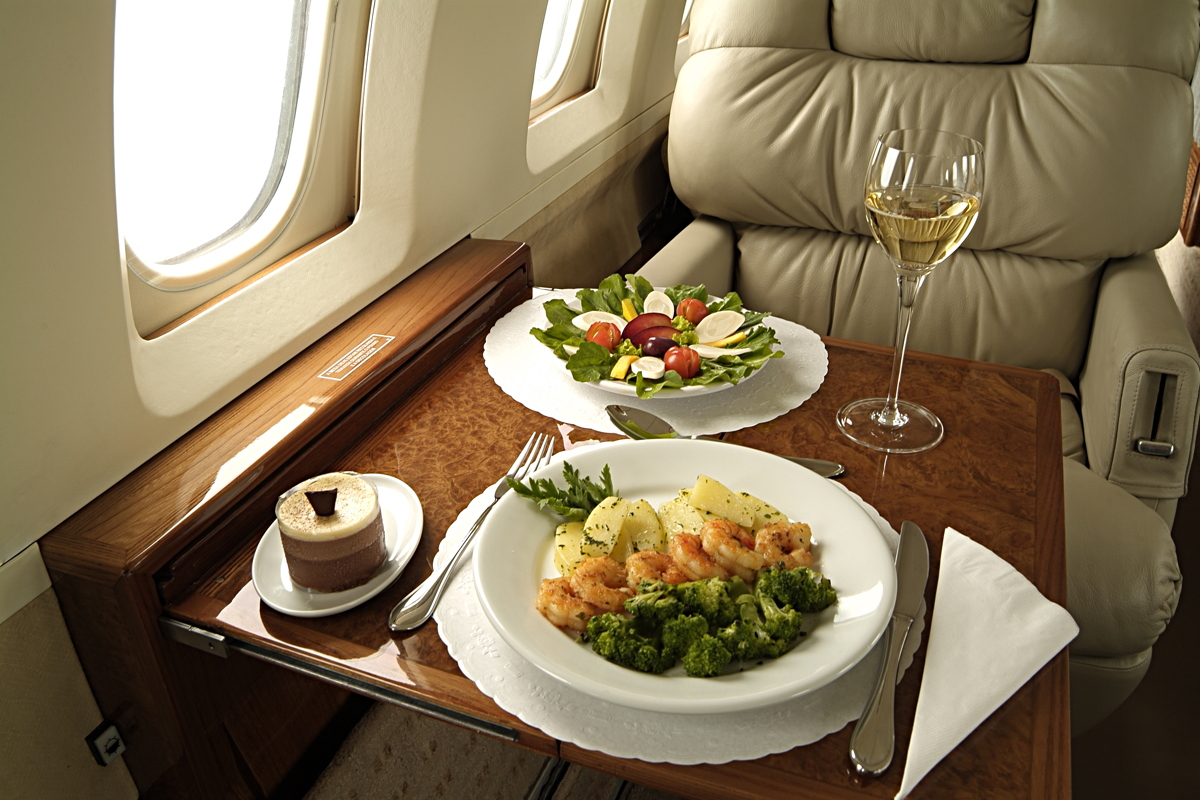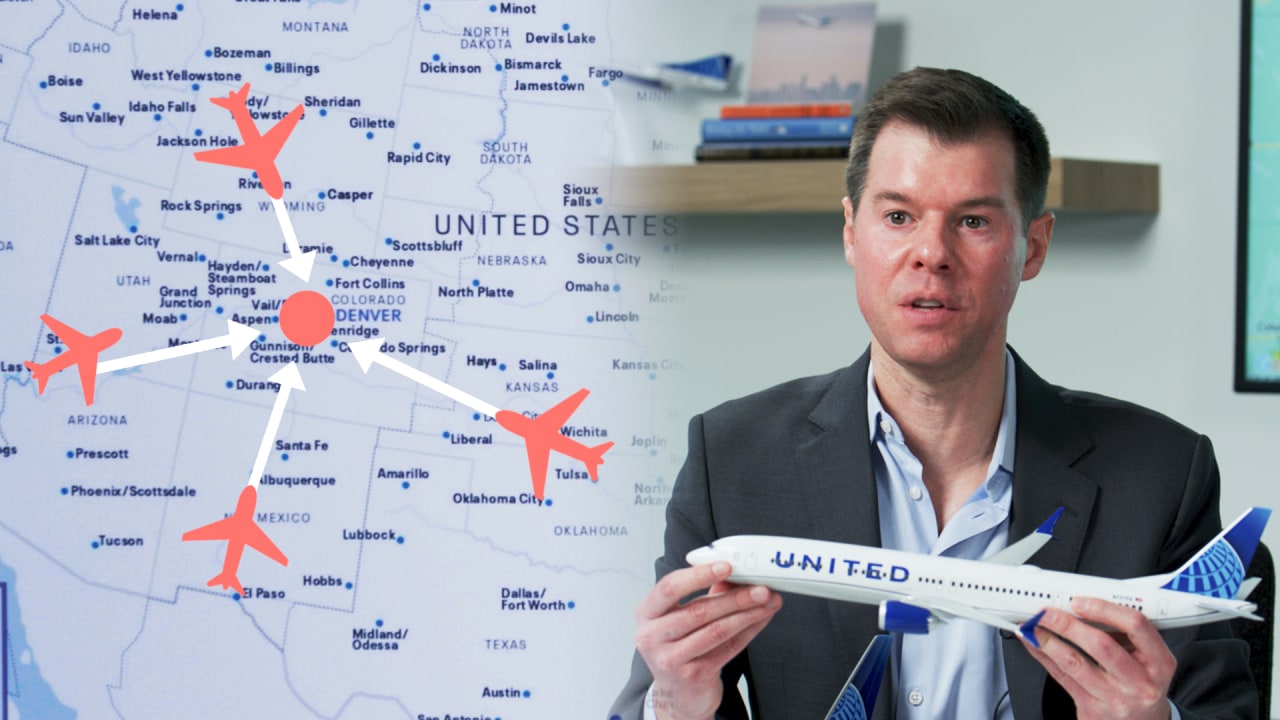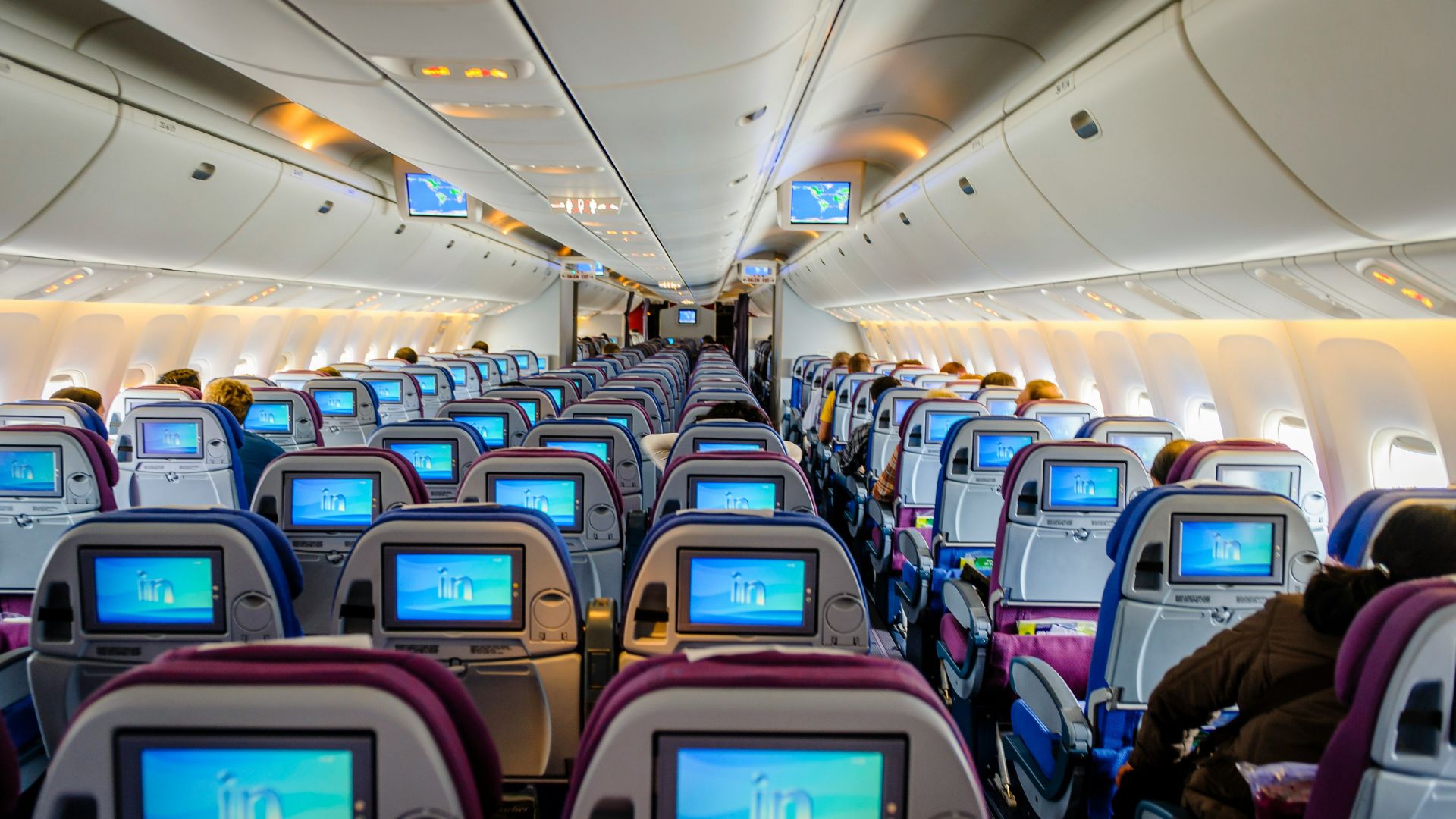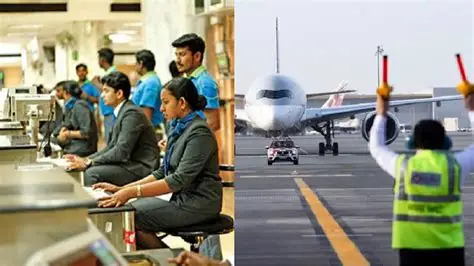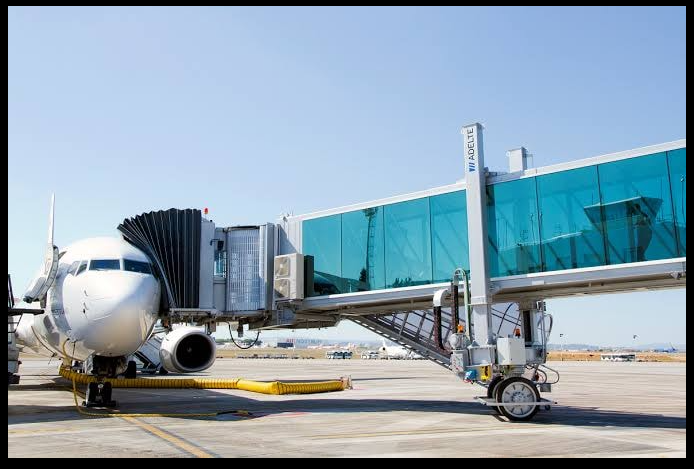In-flight entertainment (IFE) continues to evolve rapidly, with passengers expecting more engaging, personalized, and seamless experiences. By 2025, airlines are leveraging advanced technology to meet these expectations, making flights more enjoyable and reducing perceived travel time.
Streaming and On-Demand Content
Passengers increasingly expect access to streaming platforms during flights. Airlines are offering on-demand movies, TV shows, and music, similar to what travelers enjoy at home.
High-speed satellite internet enables real-time streaming, allowing passengers to catch up on their favorite shows or watch live events. Access to diverse content keeps travelers engaged throughout the journey.
Personalized Entertainment Experiences
Data analytics allows airlines to offer personalized content recommendations based on passenger preferences, travel history, and loyalty programs.
Passengers may receive suggestions for movies, music playlists, or games tailored to their interests. Personalized entertainment enhances engagement and creates a more memorable travel experience.
Virtual Reality and Augmented Reality Experiences
Virtual reality (VR) and augmented reality (AR) are becoming part of the IFE landscape. Passengers can explore immersive destinations, play interactive games, or enjoy 360-degree videos from their seats.
AR features may also provide enhanced navigation of the aircraft or interactive safety demonstrations, improving both entertainment and safety awareness.
Connectivity and Social Interaction
By 2025, more airlines offer reliable in-flight Wi-Fi, allowing passengers to stay connected. Travelers can browse the internet, use social media, or collaborate on work while in the air.
Some airlines are integrating social features into their IFE systems, enabling passengers to share experiences, participate in live polls, or connect with fellow travelers.
Interactive Gaming and Education
In-flight gaming continues to grow in popularity, with passengers expecting interactive and multiplayer options. Airlines are also introducing educational content, such as language lessons, documentaries, and destination guides.
These options provide entertainment while offering value, particularly for families or long-haul travelers.
Comfortable and User-Friendly Interfaces
Ease of use is a critical expectation. Touchscreen seat-back displays, app-based controls, and responsive interfaces allow passengers to navigate entertainment options intuitively.
Airlines also integrate accessibility features for passengers with disabilities, ensuring that IFE is inclusive and enjoyable for all travelers.
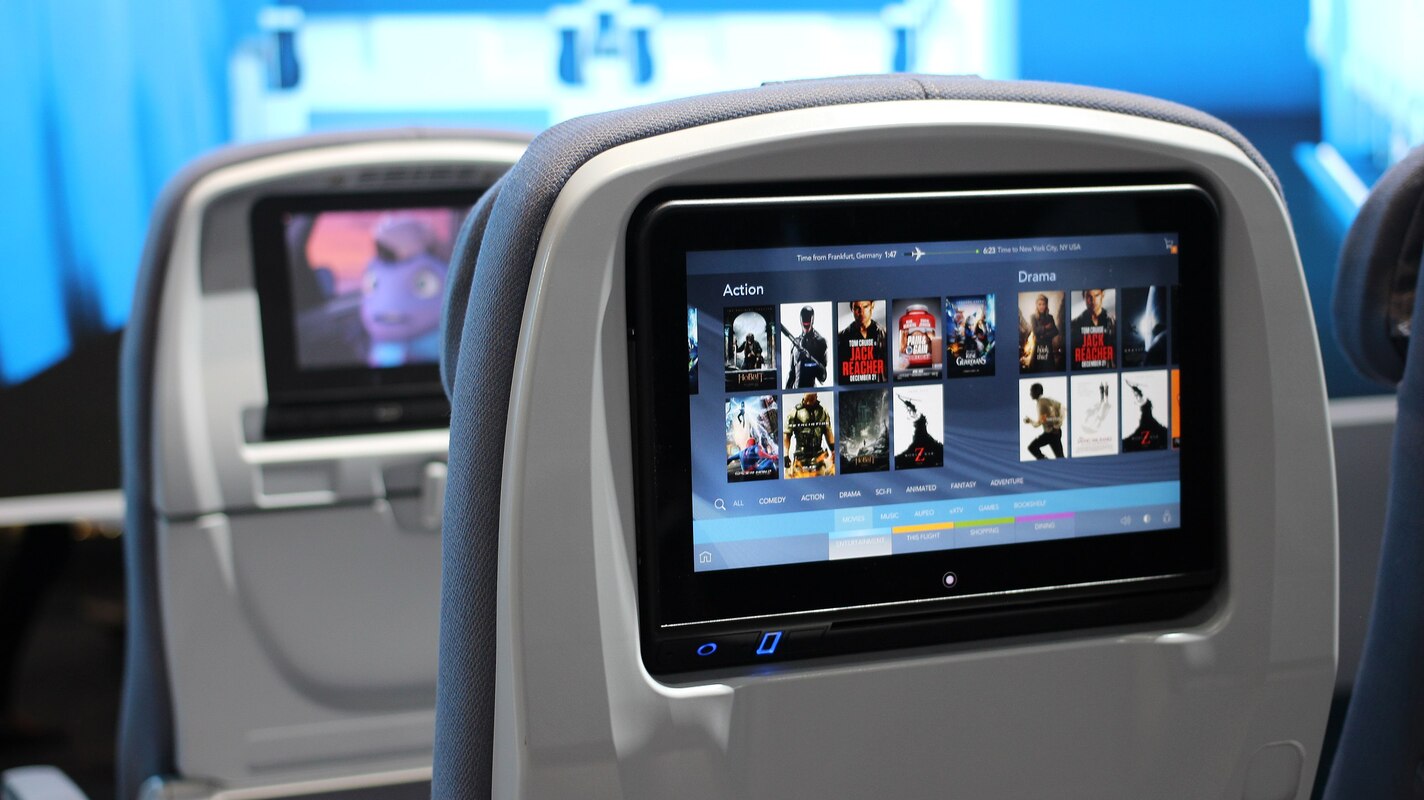
In-Flight Entertainment: What Passengers Expect in 2025
Integrating Entertainment with Other Services
In-flight entertainment increasingly connects with other services. Passengers can order meals, shop duty-free items, or access flight information through the same platform.
This integration streamlines the travel experience and increases convenience, making the flight more enjoyable and efficient.
Conclusion
In 2025, in-flight entertainment goes beyond movies and music, offering personalized, immersive, and connected experiences. Streaming, VR and AR, gaming, social connectivity, and integrated services meet growing passenger expectations. Airlines that adopt these innovations enhance satisfaction, engagement, and loyalty, ensuring that travel is not only about reaching a destination but enjoying the journey itself.

